Spelt is an ancient grain that is growing in popularity due to how healthy and delicious it is. Spelt flour recipes are endless including recipe for cookies, sweet quick breads and savoury loaves. If you adore the taste of hearty flour, try out some of the spelt flour recipes in this post.
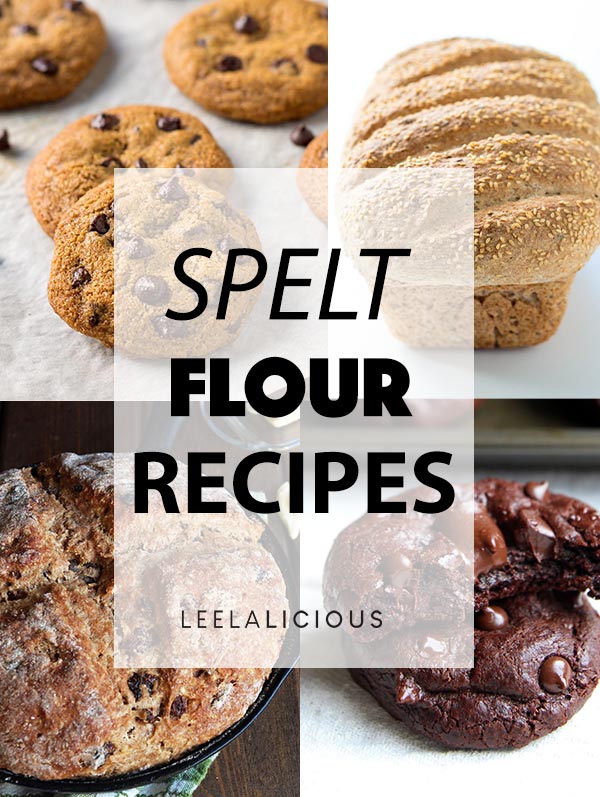
Spelt Flour FAQ
How is Spelt Flour Different From Regular Flour?
Spelt flour and regular all-purpose flour make look similar but are made from different wheat grain varieties. Spelt grains, also known as dinkel wheat, is an ancient wheat variety that has been cultivated since 5000 BC. It is a cereal grain in the wheat family with a sweet and nutty taste comparable to whole wheat flour. It actually comes in two varieties as well. One version is white spelt flour which has the bran and germ removed, while the other kind is whole spelt flour, which is similar to whole wheat flour in that it has the germ and bran intact.
Spelt flour is often preferred by people because it is more water-soluble than all-purpose flour, and therefore, easier to digest. It contains gluten, though a little less than white flour, but is not necessarily suitable for people on a gluten-free diet.
Why Use Spelt Flour?
Spelt flour is incredibly nutritious with an array of B vitamins, iron, magnesium, phosphorus, zinc, niacin, and more. It also has an incredibly appealing nutty flavour and gives baked goods a hearty density. Moreover, it is generally easier for people to digest.
Can Spelt Flour Replace Plain Flour?
Yes, it can! Generally, you can replace all-purpose flour with spelt flour in recipes that result in something quite dense, like bread. You should be able to replace the all-purpose flour in muffins and pancakes with an equal amount of all-purpose flour as well. In the case of baked goods that are a little more delicate, like cookies, you may want to work the proportions a little more.
For example, you normally want cookies and muffins to be fluffy, so it may be better to just replace half the all-purpose flour with the spelt instead of all of it, as spelt will result in denser baked goods. Sometimes, you will also want to reduce the liquid in a recipe by a ¼ cup if you are using spelt flour, as spelt flour doesn't require as much. When dealing with spelt flour, you should also keep in mind to not overmix the dough or batter, as this can produce a tougher result.
Is Spelt Flour Healthier?
Spelt flour is incredibly healthy with a wide range of nutrients. These include manganese, phosphorus, niacin, zinc, magnesium, and iron. Meanwhile, all-purpose flour contains much lower amounts of magnesium, as well as a good amount of iron and a small amount of calcium. Therefore, spelt flour is more nutrient-rich than all-purpose or regular flour.
What Can You Do With Spelt Flour?
Since spelt flour has gluten in it, it lends itself quite well to baked goods that require fluffiness like bread. It can also go into pie crusts, crepes, cookies, cakes, muffins, and even homemade pasta. It does have a stronger taste, though, so if you aren't someone who loves incredibly bold bread like whole wheat or rye, you may not prefer to bake with spelt. If you do, however, spelt flour will not disappoint in your baked goods.
How Long Does Spelt Flour Last?
Similar to whole wheat flour, spelt flour doesn't have the longest shelf life. However, you can extend it with proper care. Whole wheat spelt flour contains the germ, whereas this is something that gets removed from white flour. The germ contains a lot of the nutrition in spelt flour, as well as the flour's natural oils which can cause it to go rancid quickly.
For this reason, if you keep your spelt flour in the cupboard well sealed, it should keep for only 4 to 6 months before going off. You can extend its shelf life by placing it in the freezer, though. In the freezer, it should keep for about a year. Moreover, it shouldn't take very long to thaw. In fact, you could probably use it straight out of the freezer.
Where Can I Get Spelt Flour?
Spelt flour is available at most grocery stores these days, although you may have to search in their natural food sections rather than the usual baking aisle. Otherwise, search for it in your local bulk food store or order it online.
Best Spelt Flour Recipes
Spelt Flour Brownie Recipe
Hearty spelt flour pairs beautifully with unsweetened chocolate and coffee in this rich spelt flour brownie recipe.

Spelt Flour Bread Recipes
Whole Grain Spelt Bread Recipe with Flax and Sesame
This seeded loaf displays how perfect spelt is for creating healthy, hearty, and fluffy loaves of bread any day of the week.
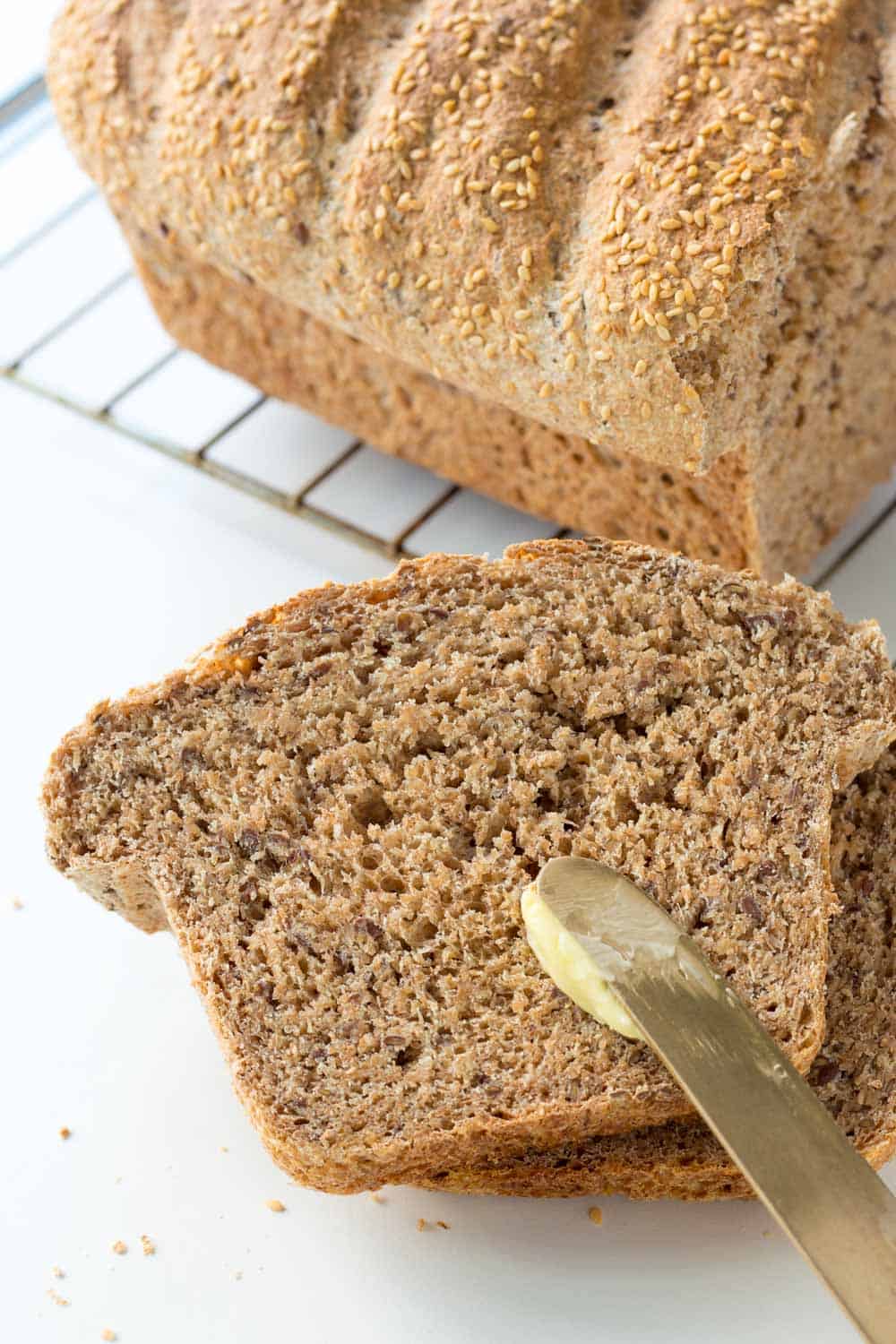
Irish Soda Bread with Spelt
This soda bread highlights the natural sweetness and earthiness of spelt flour with the addition of dried raisins.

Oatmeal Pumpkin Loaf with Spelt
This is a healthier version of pumpkin bread with spelt flour and a mixture of toasted oats and seeds on top.
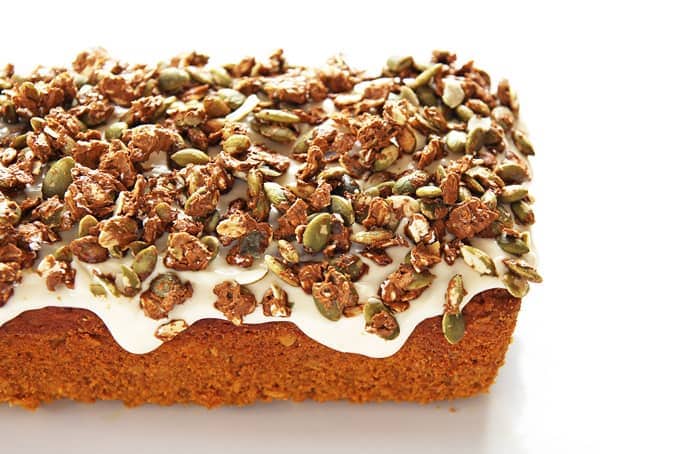
Spelt Cookies
Spelt Chocolate Chip Cookies
Spelt flour makes the flavour of chocolate chip cookies more robust and nutty, with a pleasing and chewy texture.
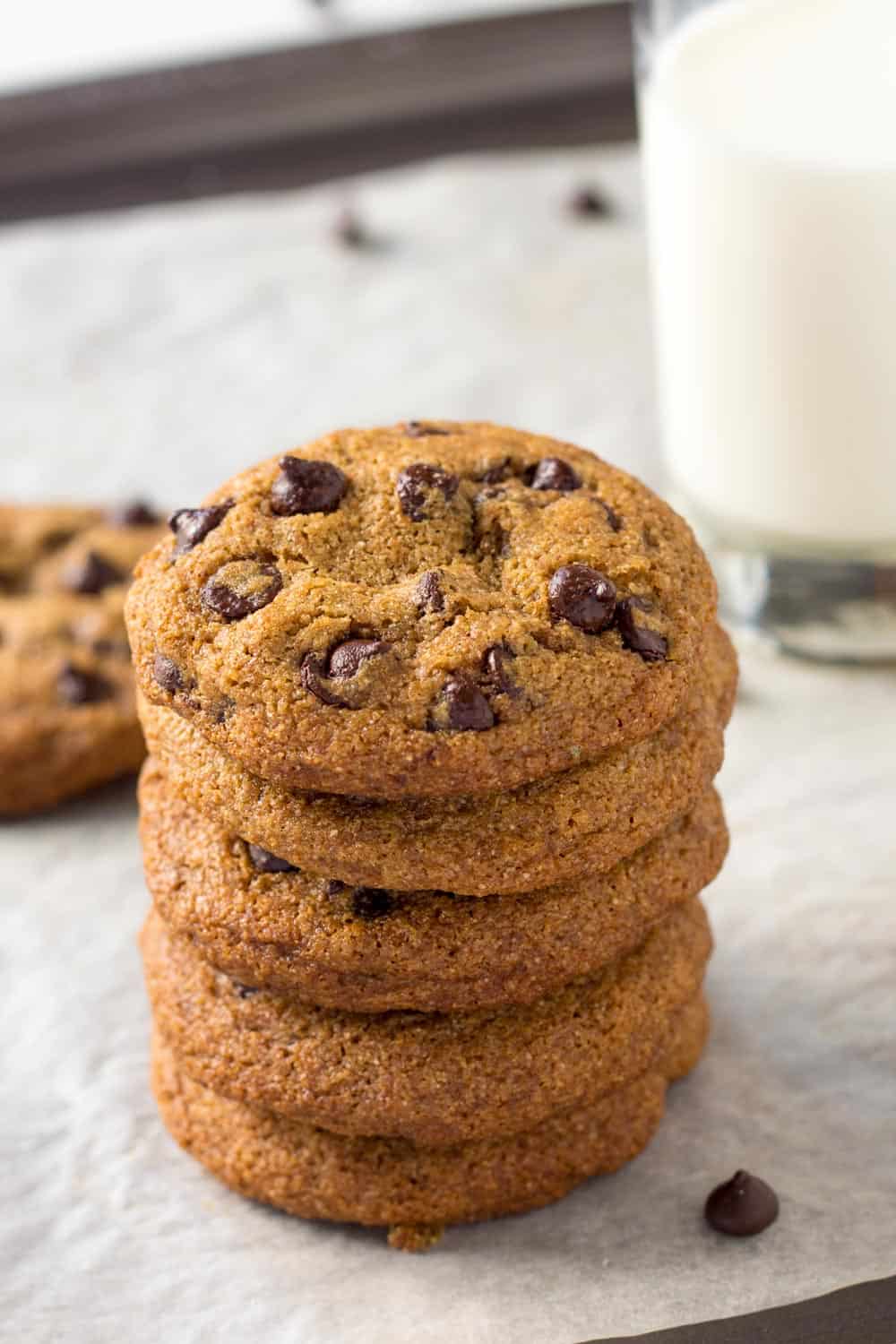
Double Chocolate Spelt Cookies Recipe
These fudgy cookies are perfect for chocoholics but with the nutrient-rich edge of spelt flour.

Spelt Oatmeal Raisin Cookies
This recipe makes oatmeal raisin cookies even healthier with the wholesomeness of spelt flour.
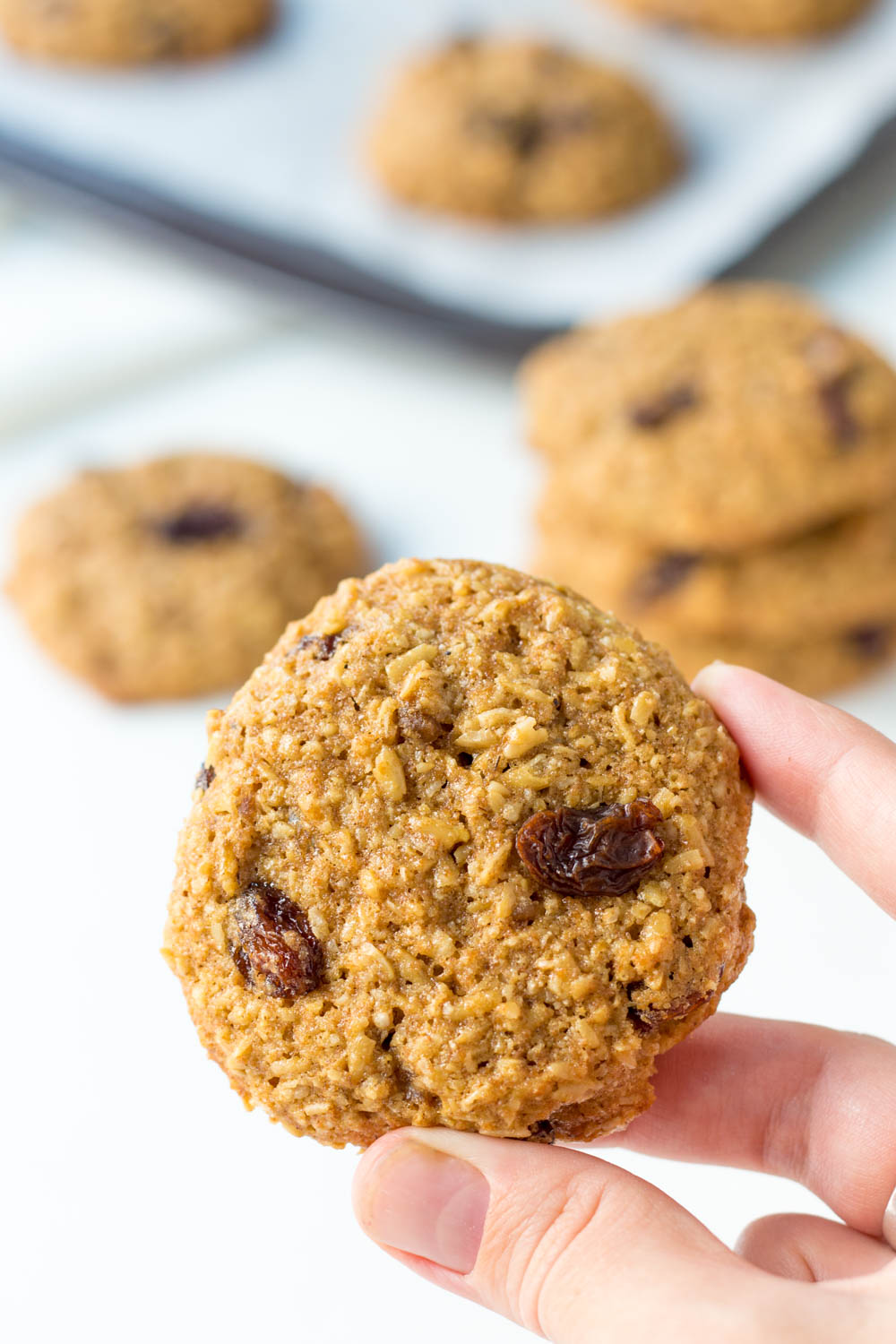
Teething Biscuits for babies
These healthy biscuits are great for babies because they include spelt flour and no sugar.

Other (Random) Questions
Spelt flour is versatile and can be used for various recipes like bread, pie crusts, cookies, cakes, muffins, and even homemade pasta.
Yes, you can generally replace all-purpose flour with spelt flour, especially in dense recipes like bread. For more delicate baked goods, you may need to adjust proportions.
Yes, spelt flour can be used with yeast for bread recipes, producing hearty and fluffy loaves.
Spelt flour is nutrient-rich, containing vitamins and minerals like manganese, phosphorus, niacin, zinc, magnesium, and iron. It has a nutty flavor and is easier to digest compared to regular flour.


Leave a Reply